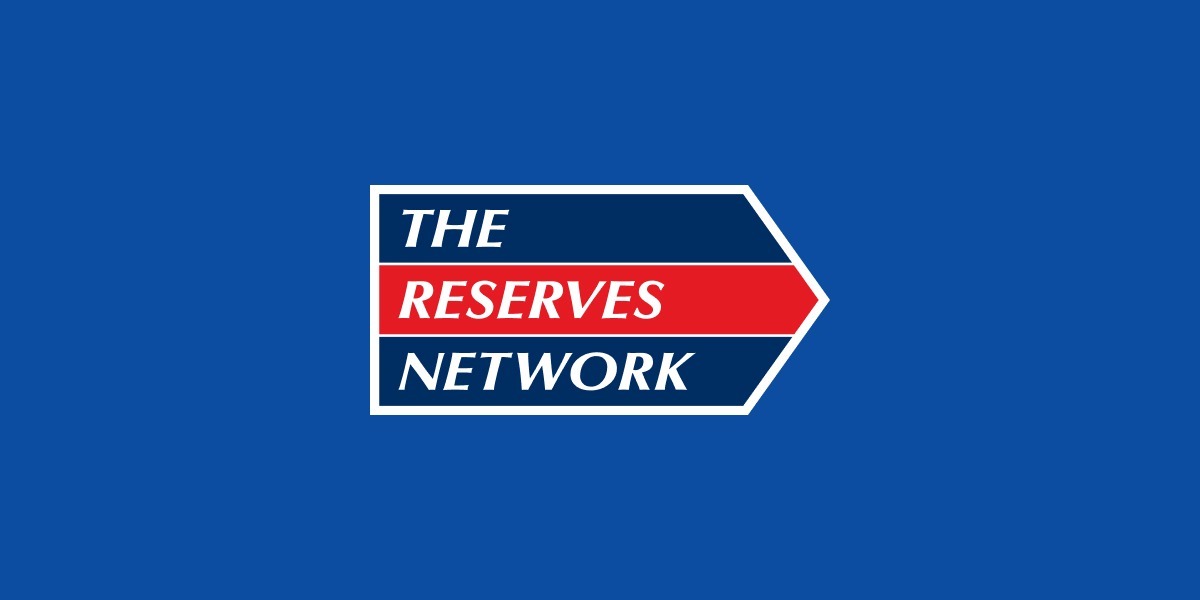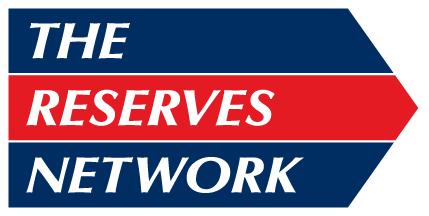The CARES Act: A Comprehensive Overview for Employers
On March 27, 2020, President Donald Trump signed the Coronavirus Aid, Relief, and Economic Security Act (“CARES Act”) into law. The CARES Act is the most expansive economic stimulus package in American history. The Act follows the passage of the Families First Coronavirus Response Act (“FFCRA”), and acts as its counterpart in many ways.
This article provides a comprehensive overview about the CARES Act’s impact on employers and important information regarding federal loans, payroll costs, loan forgiveness, enhanced unemployment benefits, retirement funds, employee retention credit, tax credits and amendments to FFCRA.
- Paycheck Protection Program and Loan Forgiveness
- Enhancement of Unemployment Benefits
- Retirement Funds
- Employee Retention Credit
- Delayed Payment of Social Security Taxes
- Amendments to the FFCRA
- Advance Refunding of Tax Credits
Paycheck Protection Program and Loan Forgiveness
The Paycheck Protection Program (the “Program”) expands Section 7(a) of the Small Business Act (“SBA”) by providing federally-guaranteed loans to certain eligible businesses and entities. The Program covers the period between February 15, 2020 and June 30, 2020. Eligible businesses and entities include small businesses with fewer than 500 employees, select types of businesses with fewer than 1,500 employees, 501(c)(3) non-profits with fewer than 500 workers, and some 501(c)(19) veteran organizations. Loans are also available to certain eligible individuals. To be eligible for the loan, businesses and entities must have been in operation on February 15, 2020. To accommodate for this expansion of the SBA, the CARES Act has authorized commitments of $349 billion to the SBA 7(a) loan program.
For businesses and entities operating between February 15, 2019 and June 30, 2019, their maximum loan amount is equal to 250% of their average monthly payroll costs during that time period. For businesses and entities not operating between February 15, 2019 and June 30, 2019, their maximum loan amount is equal to 250% of their average monthly payroll costs between January 1, 2020 and February 29, 2020.
Payroll costs include compensation, payments for vacation, parental, family, medical, or sick leave, payments required for the provisions of group healthcare benefits, payments of any retirement benefits, and payments of state or local taxes assessed on the compensation of employees. Payroll costs do not include employee or owner compensation over $100,000, taxes imposed or withheld under Internal Revenue Service (“IRS”) Code Chapters 21, 22, and 24, compensation of employees whose principal place of residence is outside of the U.S., and qualified sick and family leave, for which a credit is allowed under Sections 7001 and 7003 of the FFCRA.
The loan may be used to cover payroll costs (as discussed above) and payments on rent, utilities, interest on any mortgage obligation, and interest on any other debt obligation incurred before the covered period.
A borrower is eligible for loan forgiveness and cancellation of indebtedness during the covered period for all payments made in any of the previously noted categories during an eight-week period beginning on the date the loan is funded. The loan forgiveness amount is subject to reduction if an employer lessens its number of full-time employees or decreases the pay of certain employees beyond 25% of that employee’s prior year compensation. However, employers that rehire employees who have already been let go (thus eliminating any reduction in the number of full-time equivalent employees) by June 30, 2020 will not be subject to reductions in any loan forgiveness amount.
Any loan amounts not forgiven at the end of one year are carried forward as an ongoing loan with a maximum interest rate of 4% for a maximum of ten years.
Further details on applying for the Paycheck Protection Program may be found here.
Enhancement of Unemployment Benefits
The CARES Act temporarily expands unemployment benefits to certain “covered individuals” through the creation of the Pandemic Unemployment Assistance Program, which is in effect through December 31, 2020.
Covered individuals are those persons who self-certify they are available and able to work, but are unemployed or partially unemployed due to any of the following:
- The individual has been diagnosed with COVID-19 or is experiencing symptoms and seeking a medical diagnosis.
- A member of the individual’s household has been diagnosed with COVID-19.
- The individual is providing care for a family member or household member who has been diagnosed with COVID-19.
- The individual is the primary caregiver for a child or other person in the household who is unable to attend school or another facility as a direct result of COVID-19.
- The individual is unable to reach the place of employment because of a quarantine imposed as a direct result of COVID-19.
- The individual is unable to work because a health care provider has advised the individual to self-quarantine due to COVID-19 concerns.
- The individual was scheduled to commence employment and does not have a job or is unable to reach the job as a direct result of COVID-19.
- The individual has become the breadwinner or major support for a household because the head of household has died as a direct result of COVID-19.
- The individual has to quit his or her job as a direct result of COVID-19.
- The individual’s place of employment is closed as a direct result of COVID-19.
Through July 31, 2020, the amount of unemployment benefits for covered individuals includes the amount that would be calculated under state law plus an additional $600 per week.
The CARES Act also expands these benefits to individuals who, under normal circumstances, are not traditionally eligible for unemployment, including independent contractors and individuals with limited work history. Importantly, however, individuals are not eligible for unemployment benefits if they have the ability to telework or are receiving paid sick leave or other paid leave benefits.
Finally, individuals who exhaust their maximum unemployment insurance benefits under their state programs will be allotted an additional 13 weeks of benefits. In most states, this will extend unemployment benefits for a total of 39 weeks.
Employers and individuals should contact their individual state unemployment insurance agencies for additional information on unemployment benefits, general eligibility, and emergency rules regarding the coronavirus crisis.
Retirement Funds
The CARES Act provides that Section 72(t) of the IRS Code’s imposition of a 10% excise tax on certain early distributions from retirement plans shall not apply to COVID-19 related distributions up to $100,000. Plan administrators can rely on an employee’s certification that he or she meets this criteria. Eligible retirement plans include IRAs, tax-qualified retirement plans, tax-deferred annuities, and IRS Code Section 457 deferred compensation plans.
Employee Retention Credit
Employers are eligible for a payroll tax credit equal to 50% of “qualified wages” paid to employees from March 13, 2020 through December 31, 2020. This credit is available to employers who meet either of the following conditions: (1) the employer’s operations are either fully or partially suspended by a government order relating to COVID-19; or (2) the employer’s gross receipts during a calendar quarter are less than 50% of the gross receipts for the same calendar quarter during 2019.
If an employer’s average number of full-time employees during 2019 was more than 100, qualified wages include only wages that continue to be paid to employees who are not providing services due to a COVID-19 suspension of business operations, or the greater than 50% reduction in gross receipts. If an employer’s average number of full-time employees during 2019 was 100 or less, qualified wages include all wages paid to employees regardless of whether or not the employee is providing services.
Regardless of an employer’s number of employees, the total amount of qualified wages that can be counted for an individual employee during the entire COVID-19 period cannot exceed $10,000.
Additional guidance regarding the employee retention credit may be found here.
Delayed Payment of Social Security Taxes
All employers, regardless of their individual impact by COVID-19, are permitted to delay payment of 2020 employer Social Security taxes subject to the following: (1) 50% of the deferred 2020 employer social security tax must be paid by December 31, 2021 and (2) the remaining outstanding 50% must be paid by December 31, 2022.
Amendments to the FFCRA
Employers May Choose to Exceed the Monetary Limits Set Forth in FFCRA for Paid Leave. As originally drafted, paid leave under the emergency Family and Medical Leave Expansion Act and the emergency paid sick leave act could not exceed certain monetary limits. The CARES Act now states that employers are not required to pay employees more than the monetary limits in the FFCRA, thereby leaving the door open for employers who wish to provide additional compensation to employees above the monetary limits in the FFCRA. Any additional compensation, however, is not subject to a tax credit.
Rehired Employees Are Eligible for Paid Leave Under Extended FMLA. The CARES Act makes an employee who was laid off on March 1, 2020 or later, and subsequently rehired by the same employer, eligible for paid leave under the extended FMLA, so long as the employee was employed for at least 30 of the last 60 calendar days prior to layoff.
Additional information regarding the Families First Coronavirus Response Act (FFCRA) may be found here.
Advance Refunding of Tax Credits
Under the FFCRA, employers are required to pay the initial costs of paid family leave and paid sick leave with the understanding that they are to receive a dollar-for-dollar reimbursement from the IRS in the form of a tax-credit. In order to offset any cash flow problems employers may face, the CARES Act created an “advanced refunding of credits” process. This process allows employers to retain as their tax credit otherwise-owed payroll taxes up to an amount equal to the costs they incurred in providing FFCRA compliant leave. In the event such payroll tax retention is insufficient to cover the costs of the FFCRA leave the employer provides, the employer may request an advance of anticipated tax-credits and refunds.
For more insights, please visit our COVID-19 Response and Resources page.
Given the rapidly changing economic relief landscape, interpretations described herein may change. This article represents our best understanding until further guidance is published on the matters discussed. We will provide updates as the legislation advances.
*DISCLAIMER: This alert is provided for information purposes only and does not constitute legal or accounting advice. Please consult an attorney and accountant before making any decisions impacting your business or employees. If you have any questions, please contact us at info@trnstaffing.com.*



